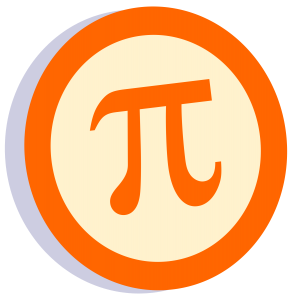 A flip book is a small booklet containing a sequence of images that gradually change from one page to the next. When the pages are turned quickly, they create the illusion of motion.
A flip book is a small booklet containing a sequence of images that gradually change from one page to the next. When the pages are turned quickly, they create the illusion of motion.
Spark your thinking!
1. Set up your language arts mini spark recording page: #79: Peter Reynolds
2. Print this instruction page or open it up on your ipad. Read all of the information.
How does the flip book work? Why 24 pages? What is the patent history for this toy? Record this information on your recording sheet.
3. Watch this video
4. He outlines several different ideas. Watch the video to get an idea of how to get started
5. On your recording page write down the materials you will need and the idea you will use for your story.
6. Gather the materials and add a picture to your recording page.
6. If you want to use your ipad for a light source, watch this tutorial
7. Make your 24 paged flip book. Add a picture of some of the pages to your recording page.
8. Have a friend take a video of your flip book in action.
9. Share your STEAM mini spark recording page and video with your teacher/EY coordinator.




 For this Mini Spark we are going back to the beginning…of STEAM that is. So in honor of the “S,” try this egg science experiment. It take 7 days to do, so it might be one you try at home. You can also talk to your teacher about setting it up at school.
For this Mini Spark we are going back to the beginning…of STEAM that is. So in honor of the “S,” try this egg science experiment. It take 7 days to do, so it might be one you try at home. You can also talk to your teacher about setting it up at school.












 See if you can do this one in your head…
See if you can do this one in your head…
 Rising to a height of 85 meters in the Norwegian landscape, Mjøstårnet holds the title of the tallest wooden building in the world, constructed primarily from timber sourced from nearby forests. However, not long ago, towards the close of the 20th century, engineers believed that erecting a wooden structure taller than six stories was unfeasible. What, then, are the differences between wooden constructions like this and skyscrapers made of steel and concrete? Stefan Al explores this question.
Rising to a height of 85 meters in the Norwegian landscape, Mjøstårnet holds the title of the tallest wooden building in the world, constructed primarily from timber sourced from nearby forests. However, not long ago, towards the close of the 20th century, engineers believed that erecting a wooden structure taller than six stories was unfeasible. What, then, are the differences between wooden constructions like this and skyscrapers made of steel and concrete? Stefan Al explores this question. Are you ready for a fun cardboard box building challenge? Grab a box, scissors and tape, and a few other item, and let’s get started! With just these three materials, you can create,well, anything you want!
Are you ready for a fun cardboard box building challenge? Grab a box, scissors and tape, and a few other item, and let’s get started! With just these three materials, you can create,well, anything you want!
